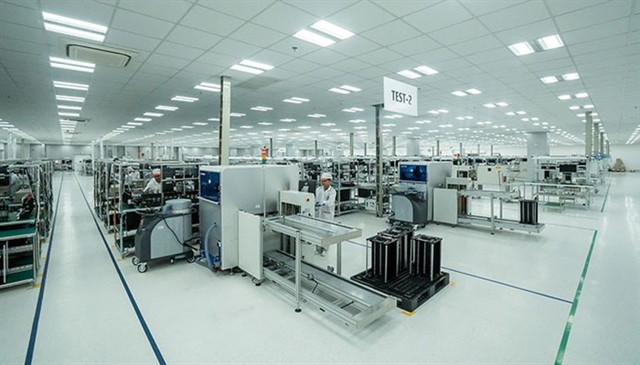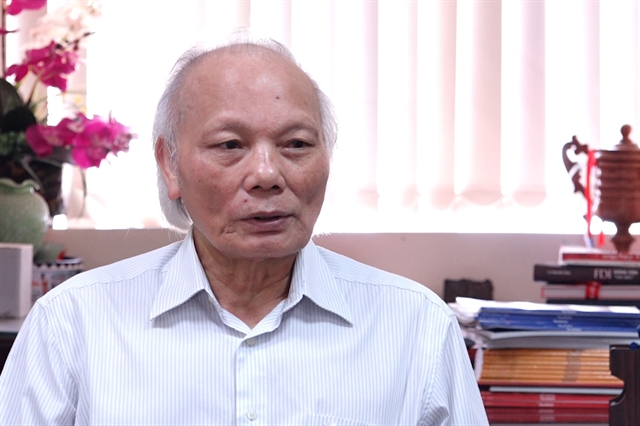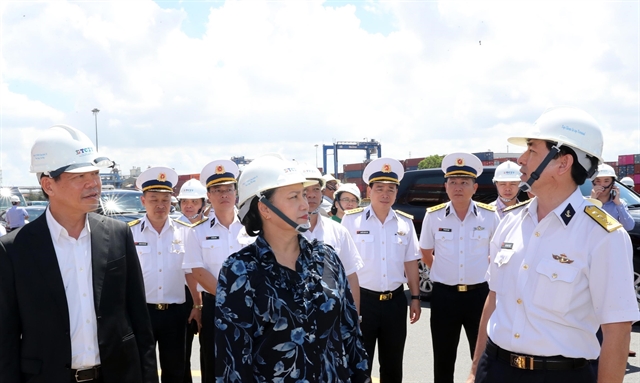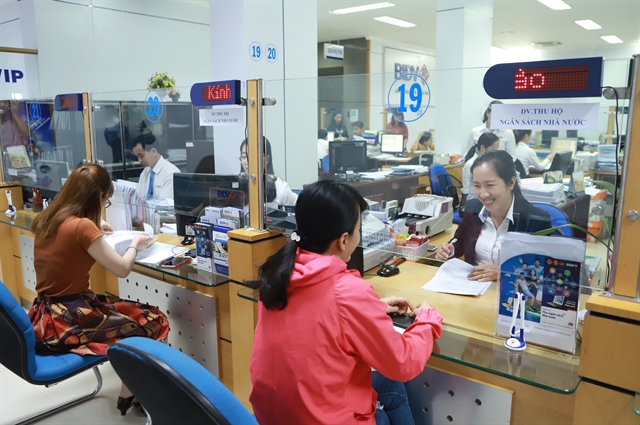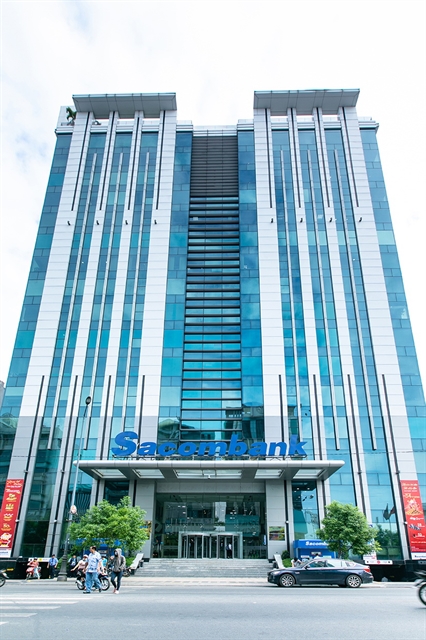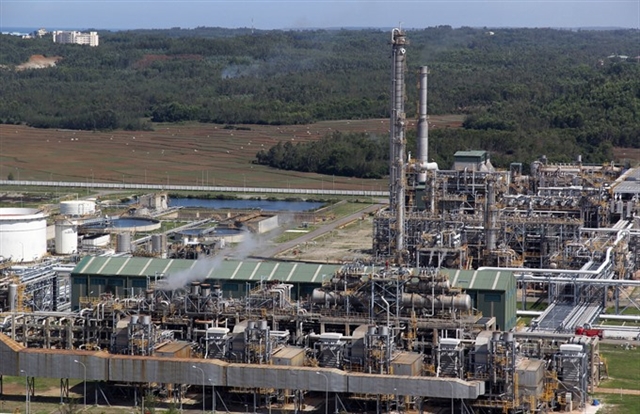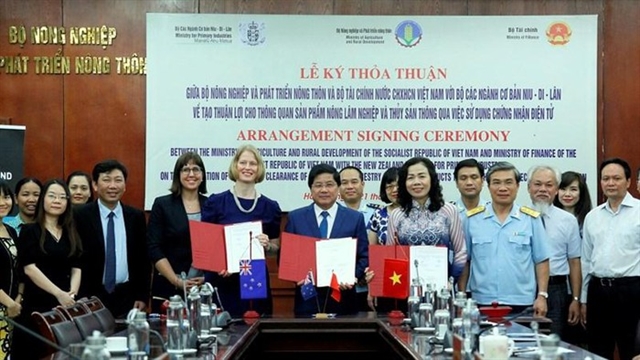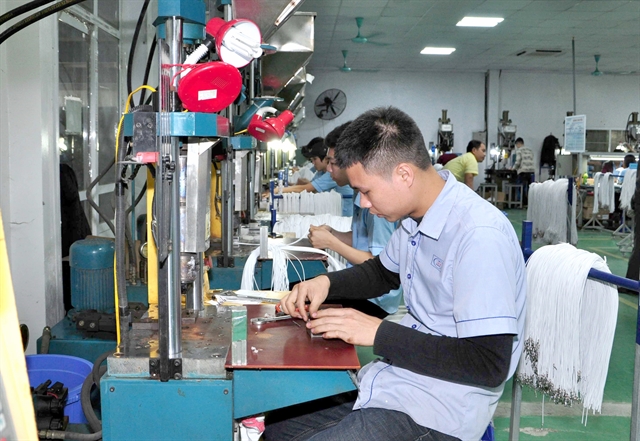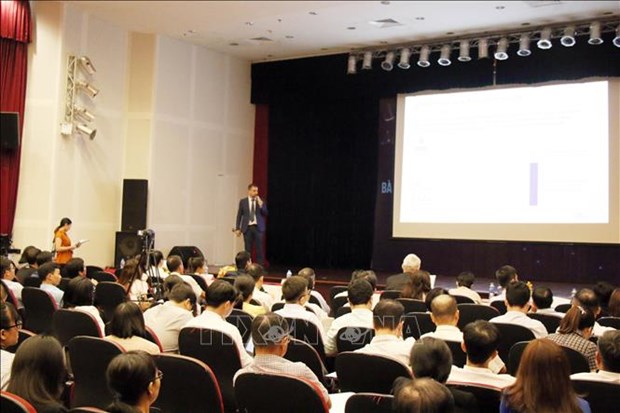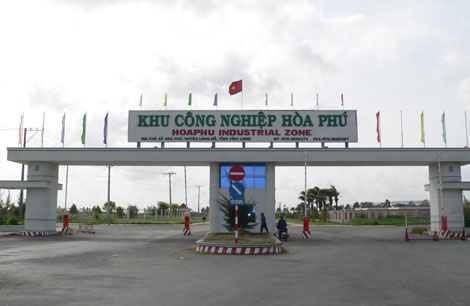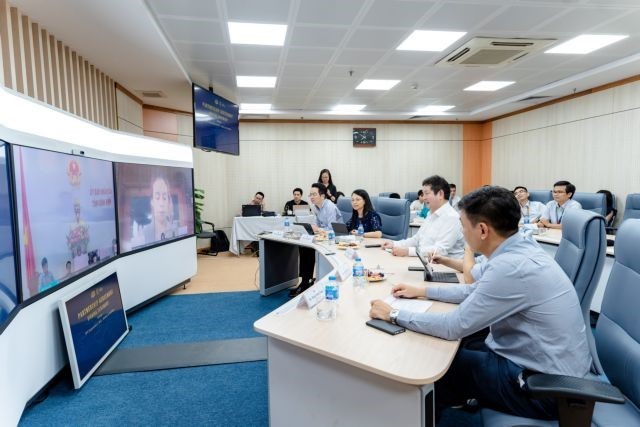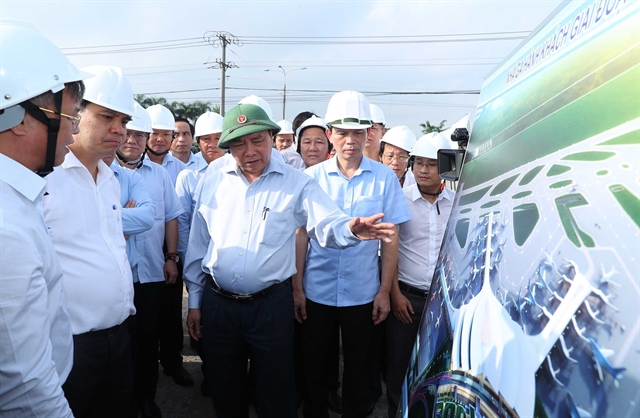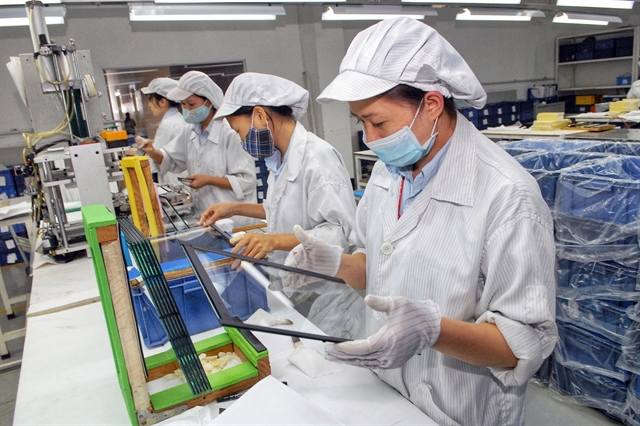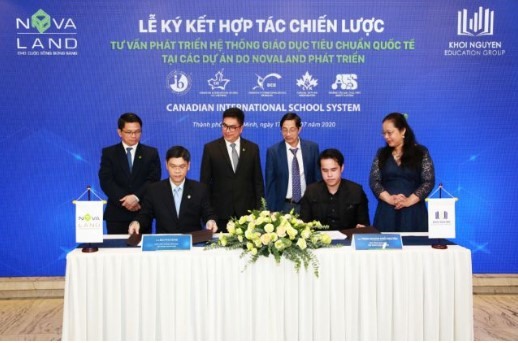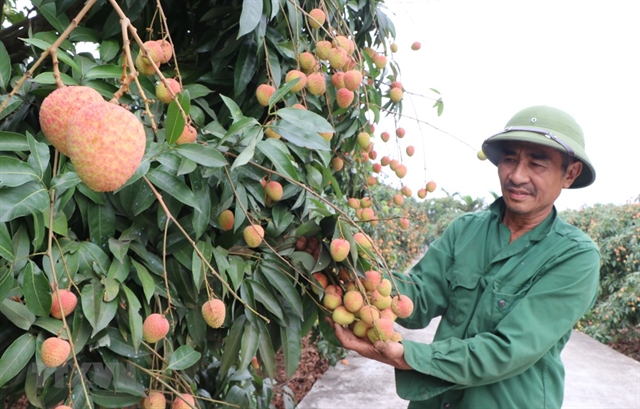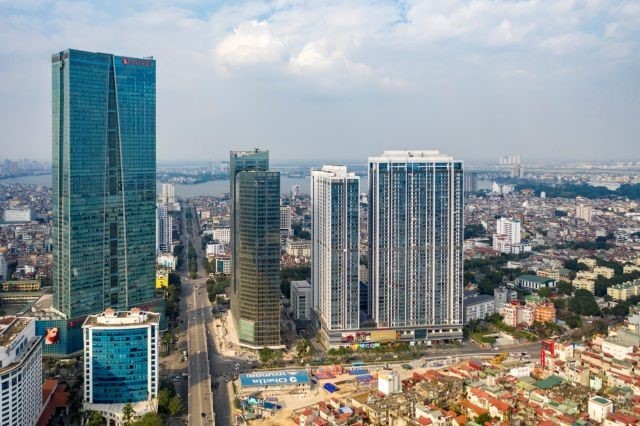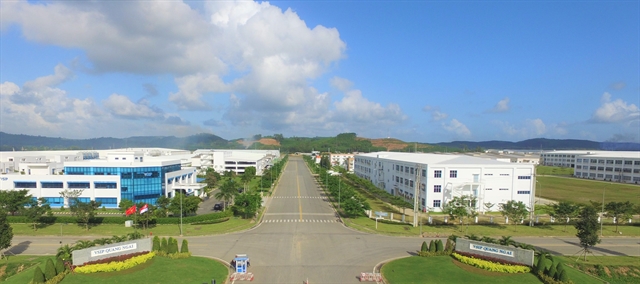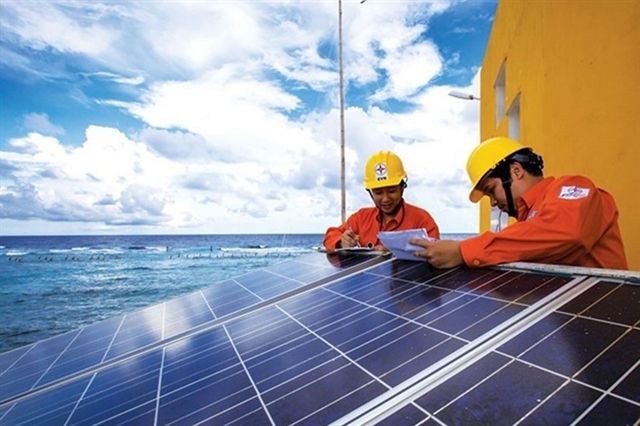
Minh Hương
HÀ NỘI — By shifting to a market mechanism, the local energy industry was mobilising great resources for of all economic sectors in Việt Nam, said Deputy Prime Minister Trịnh Đình Dũng.
The deputy PM told the Việt Nam Energy Summit 2020 on Wednesday in Hà Nội that: “The private economic sector is very active in investing in renewable energy development.”
Dũng said: “As energy is both an economic and technical sector that plays an important and pioneering role to serve the country's socio-economy, its development will mark the level of industrialisation and modernisation of Viêt Nam.”
At the same time, Dũng said the development was also closely linked with political - diplomatic activities, ensuring national defence, security and protecting the ecological environment.
Head of the Central Economic Committee, Nguyễn Văn Bình said: “In recent years, the energy industry, especially the field of electricity, has developed rapidly and synchronously to follow the Government’s targets.”
However, Bình said the industry was still limited, making the goal of national energy security very challenging, adding as the local supply was not yet meeting demand, Việt Nam has been importing energy on a large and growing scale.
He emphasised: “There were so many of instructions from the Government on the matter, many power projects are behind schedule while some indicators of energy security are fluctuating in an adverse direction.”
Bình pointed out that the management and exploitation of energy resources was still limited and inefficient while the competitive energy market has not been developed comprehensively with low linkages among sub-sectors and high rate of State monopoly and the energy price policy was still inadequate.
Challenges also opportunities
Nguyễn Tâm Tiến, general director of Trung Nam Group, one of the leading wind power producers with 12 current projects in Việt Nam, said: “As 100 per cent of wind power equipment must be imported and depends on foreign manufacturers while local wind power producers face a lack of skilled labour in the projects, it is difficult to make products that meet low prices that the feed-in-tariff (FIT) mechanism suggests.”
Under the FIT, which is expected to be applied in the near future, 8.5 US cents will be paid for a kWh of electricity from onshore wind power and 9.8 cents for a kWh of offshore products. Instead, the director asked the Government to release the FIT prices for the industry and to keep the onshore prices of 9.8 cent for the products until 2030 to attract more investment.
According to the latest study of the World Bank, the country had the highest potential for wind power among the four countries of Cambodia, Laos, Thailand and Việt Nam, with more than 39 per cent of the local area having an annual average wind speed of over 6m/s at a height of 65m, equivalent to a total capacity of 512GW onshore while the offshore wind power was up to 475GW.
Knowing that the country has great potential for wind and seeing the huge opportunity in the industry, Tiến said his solution was to work with big domestic and international finance institutions and equipment providers and looking for investment partners to develop the opportunities.
In the next seven years, Tiến wanted his group to reach total capacity of 10,000MW in energy production.
As for the offshore wind farms, the Việt Nam-Russia Joint Venture (Vietsovpetro), with the core function of supporting petroleum exploration offshore, considered itself “an integral link in the supply chain.”
Deputy general director of Vietsovpetro Vũ Mai Khanh told the summit that with experienced and highly-skilled technicians in engineering, fabrication and installation of offshore facilities, it could be best to serve the complicated logistics and assembly activities of offshore wind farms in Việt Nam.
Apart from wind power, as the leading industrial park, DEEP C saw huge potential in the micro-grid implementation from solar energy in industrial zones.
A DEEP C representative said: “Việt Nam can become a regional leader in energy by relaxing regulatory barriers for self-contained systems like solar rooftop solar systems in industries parks across the country."
DEEP C said such a system could help the country lower the impact on the environment by reducing emissions and fossil fuel use, as well as lower the country’s dependence on external energy resources.
Attending the summit, EU Ambassador to Việt Nam, H. E. Giorgio Aliberti suggested setting clear and ambitious targets for 2030 in renewable energy and energy efficiency.
He added as a destination of solar and wind power, the EU could offer experience for Việt Nam. He said putting energy efficiency first was a smart way to reduce costs for end-users, reduce the energy import bill and limit the need for new capacity and infrastructure.
He also added below-market energy prices undermine efforts to reduce energy intensity and invest in energy efficiency. Instead, he said the country should reform energy markets to ensure flexibility, predictability, consumer-centeredness and optimisation of costs.
The EU ambassador said: “Making energy markets work better creates stability and predictability for the private sector and benefits consumers and taxpayers.”
Deputy PM Dũng said: “The Government will continue to improve the draft action plan as well as mechanisms and policies to boost the development of the industry to best serve the country.”
At the summit, the Copenhagen Infrastructure Partners (CIP), on behalf of its fund CI New Markets Fund I, together with Asiapetro and Novasia Energy, signed a memorandum of understanding (MoU) with Bình Thuận People’s Committee to develop the 3.5GW La Gàn offshore wind project off the coast of the province. — VNS
